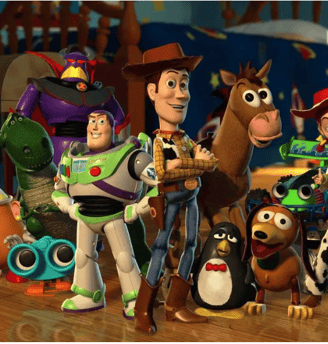Exploring the World of 3D and Animation
Unleash Your Imagination!
Max Expert
2 min read
Introduction: The world of 3D and animation is a captivating realm where creativity meets technology to bring imagination to life. These fields have evolved over the years to become integral parts of various industries, from entertainment to education, architecture to healthcare. In this blog, we’ll dive into the exciting world of 3D and animation, exploring what they entail, their applications, and how they continue to shape our digital landscape.
Understanding 3D: Three-dimensional (3D) graphics create the illusion of depth by representing objects in a 3D space. This differs from traditional 2D graphics, which are flat. 3D graphics use mathematical algorithms and modeling techniques to give objects height, width, and depth. Key aspects of 3D include modeling, texturing, lighting, and rendering.
Applications of 3D:
Entertainment: 3D animation is a staple in the film and gaming industries. It brings characters and environments to life, providing a more immersive experience for audiences.
Architecture: Architects use 3D modeling and rendering to visualize and present building designs.
Healthcare: 3D modeling is crucial in medical imaging, enabling doctors to better understand complex structures, plan surgeries, and print 3D models for practice.
Education: 3D animations enhance learning by making complex concepts easier to understand.
Understanding Animation: Animation is the process of creating the illusion of motion through a sequence of images or frames. It can be 2D or 3D and is achieved through techniques like traditional hand-drawn animation, stop motion, and computer-generated animation.
Applications of Animation:
Entertainment: Animated films and series cater to audiences of all ages and are a powerful storytelling medium.
Marketing: Animated ads and explainer videos help convey messages in a captivating and concise manner.
Gaming: Animated characters, objects, and environments immerse players in virtual worlds.
Education: Animated educational content makes learning engaging and fun.
The Evolving Role of Technology: Advancements in hardware and software have revolutionized 3D and animation. Powerful computers and software packages enable artists and animators to create intricate, realistic, and visually stunning work. The integration of real-time rendering has opened new possibilities, especially in the gaming industry.
Challenges and Skills: The 3D and animation fields require a blend of artistic and technical skills. Artists must possess creativity and an understanding of aesthetics, while technical proficiency in software, coding, and problem-solving is essential.
Future Trends: As technology continues to evolve, 3D and animation are likely to become even more prominent in various industries. Virtual reality (VR) and augmented reality (AR) experiences will rely heavily on 3D and animation. Additionally, machine learning and artificial intelligence will play a role in automating certain aspects of animation.
Conclusion: The world of 3D and animation is a dynamic and exciting realm where creativity meets technology to bring imagination to life. Whether you’re a professional in the field or someone who simply appreciates the magic of animated worlds, understanding the depth and breadth of these industries can foster a deeper appreciation for their impact on our lives and the endless possibilities they hold for the future.


